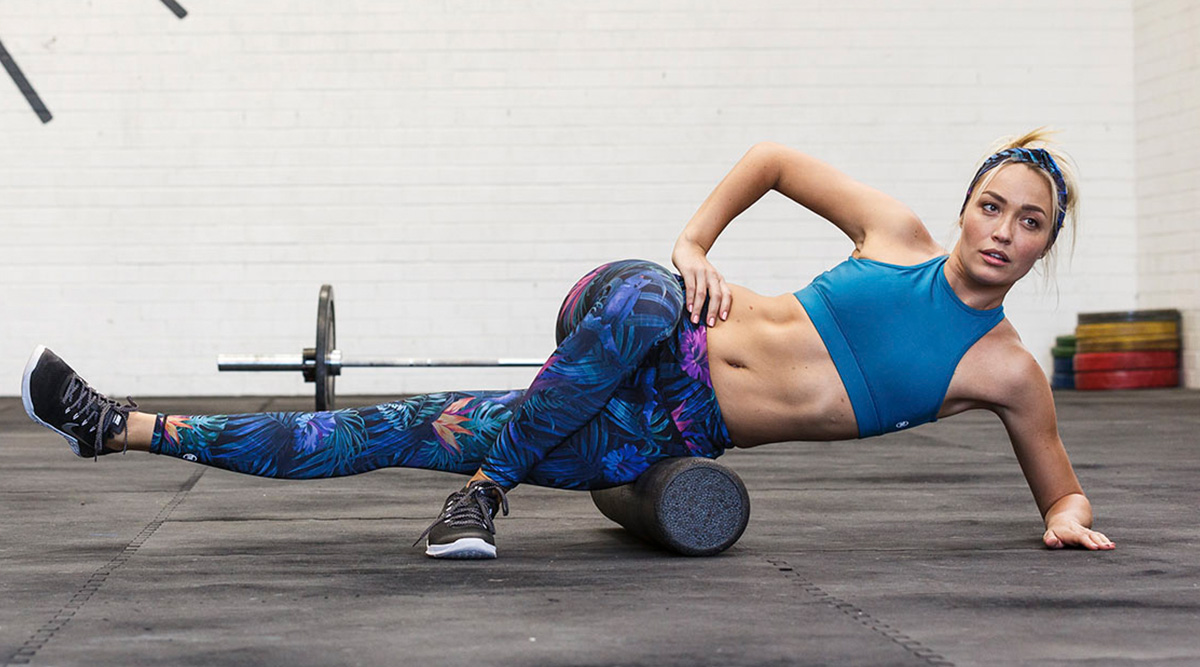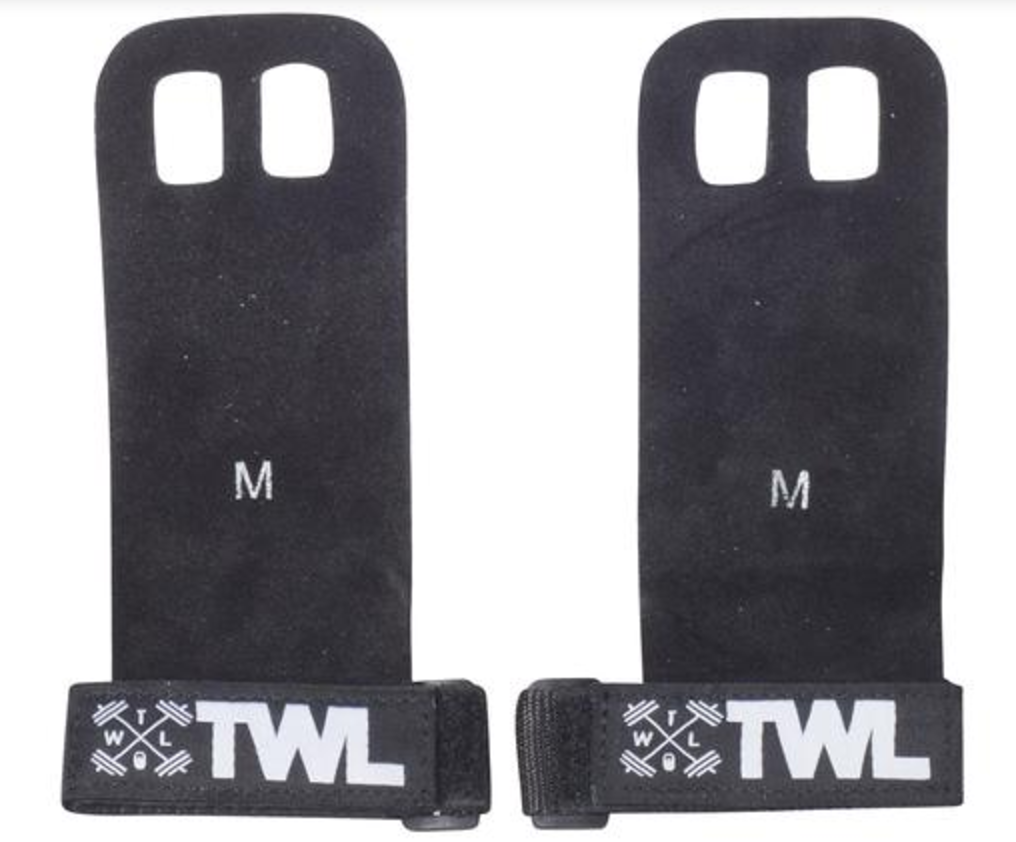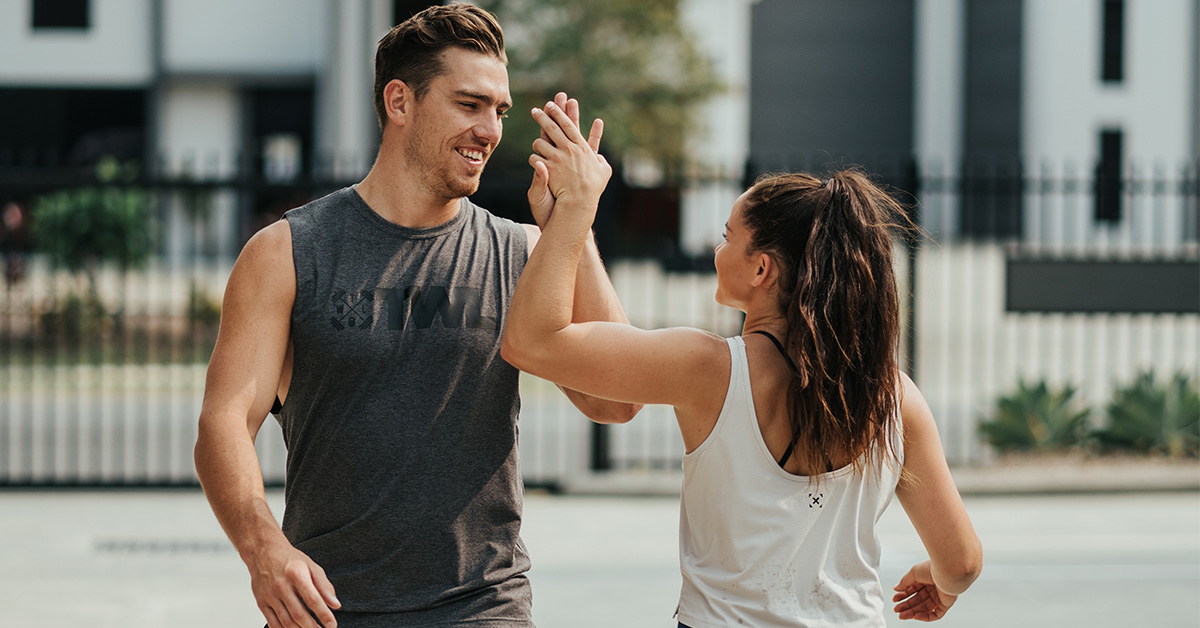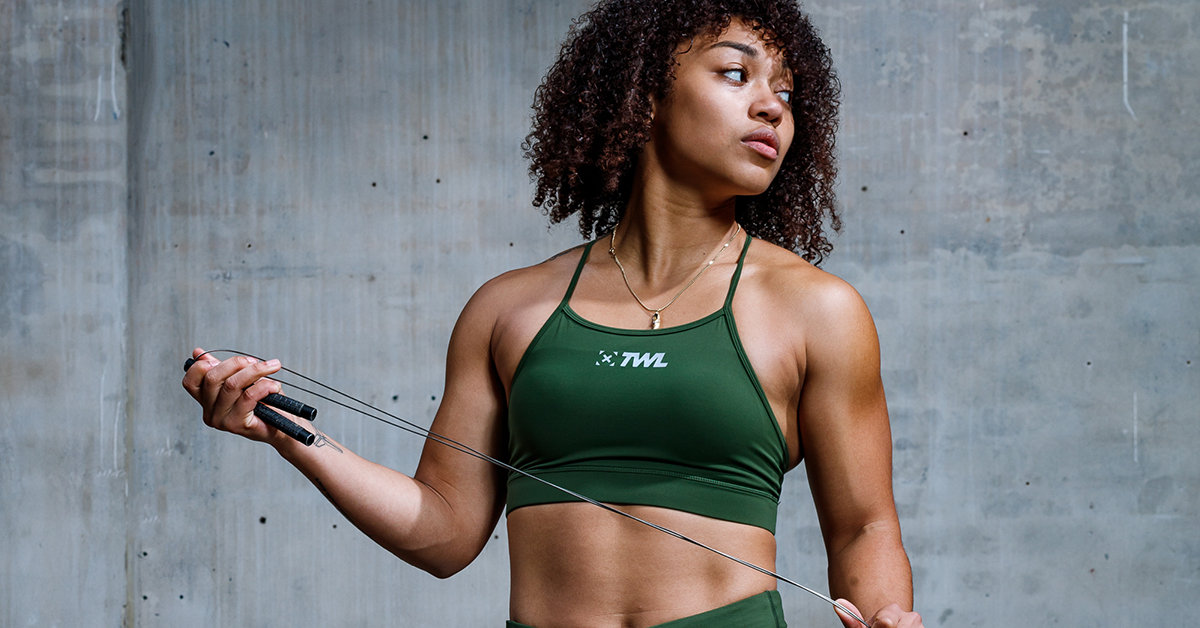Did you just join a box? Congratulations! You’re about to get the workout of a lifetime. Functional fitness is going to challenge you like you’ve never been challenged before. As such, specific preparation is key. Moderate wear and tear on your body is normal, but by keeping just a few things handy in your gym bag, you can not only better protect yourself while training but also massively improve your performance. Here are our top five picks.
5 Things You Need for Your First Class
1. Gymnastics Grips
Even if you’re not repping out muscle-up after muscle-up, trust us: your hands will take a beating. You’re probably going to be spending a lot of time hanging from the pull-up bar, working on technique and also building up strength. The skin on your hands will toughen over time, but they still need protection. Sensitive hands can make it difficult to train; and while you do want the skin to toughen up, you still want to avoid rips and tears.
This is why it’s always a smart idea to carry grips in your gym bag. In a nutshell, grips provide an added layer of material between your hands and the bar. It will protect you from rips, help limit soreness, and make it so you’re able to spend more time hanging from the bar.
There are all sorts of hand protection, but we love really these leather gymnastics grips because they’re durable and provide optimum protection without inhibiting your grip. Fasten them around your wrist for a comfortable and customized fit.
2. Foam Roller
Your box likely has a few foam rollers of their own, but it’s helpful to have your own, particularly so you can roll out at home.
Foam rollers are a great tool for warming up before a WOD, cooling down afterward, and also for your active recovery days. Active recovery means you don’t necessarily train, but rather you get your blood flowing with low-intensity activities like stretching and rolling out. This helps encourage recovery and is great for mobility.
Mobility is an important point to touch on here. People often confuse it with flexibility, thinking the two terms are interchangeable, although they’re not. Flexibility refers to how much a muscle can stretch. Mobility refers to the ability to move through a range of motion — for example, being able to lock your arms out overhead or squat below parallel.
So, what’s the connection? Foam rollers are an excellent mobility tool you can use to help you not only loosen your muscles but also safely prepare for your WOD. Many injuries ultimately come down to a lack of mobility. Foam rollers are one of your greatest allies.
3. Speed Rope
We know you’re probably itching to start working on your double-unders. Once you’re comfortable with single skips, you’ll want to find the right rope to start working on DUs. You want one that spins smoothly and quickly. While it’s understandable to think that a slower rope will be easier to learn with, many beginners have an easier time with ropes that spin faster.
This is because when the rope is lighter and spins faster, you ultimately have less work to do to circle it around your body twice.
The Cyclone Super Speed Rope is a smart investment. It’s got ergonomic handles for a smooth, comfortable grip. Yes, jumping rope can absolutely tax your grip! Plus, it offers an adjustable length, so your rope will never be too long or too short. You cannot go wrong here.
4. Lacrosse Ball and Mobility Band
The last two items we highly recommend you prep yourself with are a lacrosse ball and mobility compression band. Let’s break these tools down.
By now, you understand how important mobility is for you. These tools further improve it. You use a lacrosse ball to roll out your muscles to help remove knots and release trigger points. (Trigger points can cause feelings of tightness and pain. Trying to train without addressing them might only exacerbate the problem.)
The reason a lacrosse ball is so effective is that thanks to its small size and density/hardness, it can reach smaller areas and quickly eliminate trouble spots.
You use a mobility compression band to perform something called flossing. Flossing can improve range of motion (read: mobility), restore joint mechanics, and loosen up tissue. Because of the compression it provides, it’s excellent for warming and restoring tissues that are cold or possibly stiff due to injury.
In particular, this mobility band has one huge advantage: you can use it while performing an actual movement. For instance, if your knee is bothering you, you can floss and rep out a few air squats. This results in a type of tissue restoration and mobility that is truly unparalleled by other mobility tools.
This is an exciting time in your life. Properly prepare yourself for your first functional fitness class, and you’re on your way to better health and wellness.




















